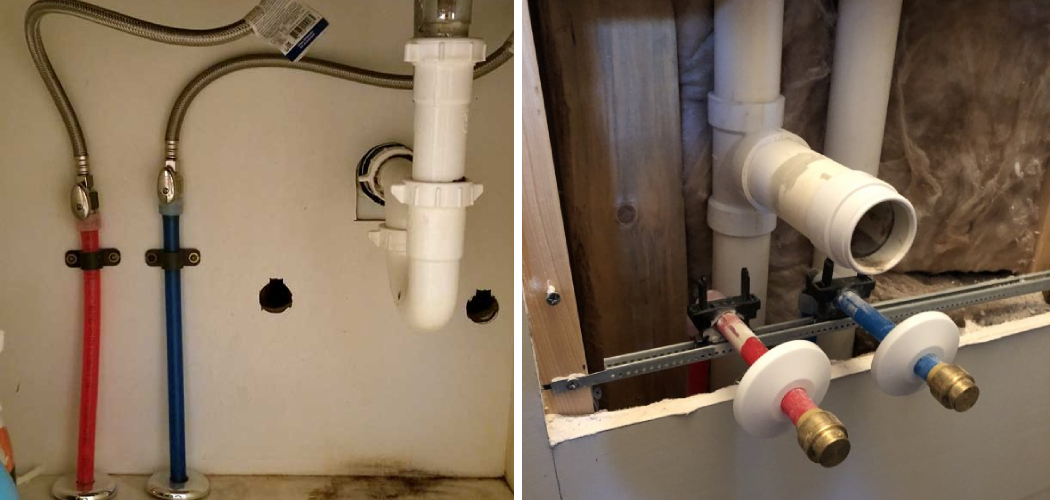Are you wanting to add a new sink to your home but are unsure of how to go about it? Don’t fret! Installing plumbing for sinks is actually easier than you might think. In this blog post, we’ll show you step-by-step instructions on how to stub out pex for sink in any room of your house.
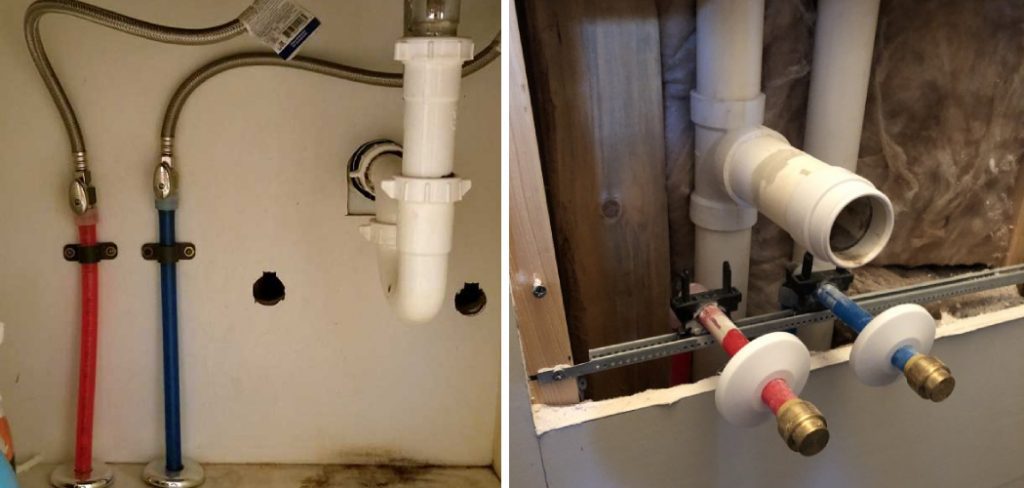
Once complete, you will have a fully operational sink that not only looks great but also works effectively and efficiently. All it takes are a few simple tools and materials along with some basic knowledge and anyone can be an expert at installing pipes – no professional plumber required! So c’mon, let’s get started!
Tools and Materials You Will Need to Stub Out PEX for Sink
- Pex Pipe and Fittings (adapters, elbows, etc.)
- Tubing Cutter or Hacksaw
- Tape Measure
- Marker or Pencil
- Deburring Tool
- Pliers or Pipe Wrench
Step-by-Step Guidelines on How to Stub Out PEX for Sink
Step 1: Measure and Cut the Pipe to Size
Using your tape measure, measure the distance between where the sink will be installed and where the water supply lines enter your house. Mark the pipe at this point with a marker or pencil. Using a tubing cutter or hacksaw, cut the pipe at this marked point, making sure to leave 1/2 inch of extra space on either side.
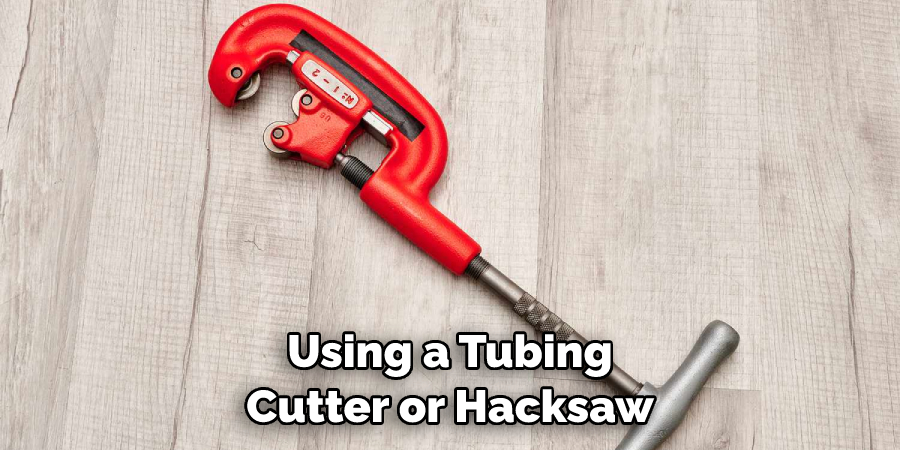
Step 2: Deburr and Clean the Pipe
Using your deburring tool, smooth the edges of the cut pipe. Next, clean off any dirt or debris that might have gotten into the pipe using a cloth or brush. This is an important step as it prevents clogs in your plumbing system in the future. Deburring and cleaning are also vital to ensure a proper and secure fit during the next step.
Step 3: Connect the Pipe to the Fittings
Now it’s time to connect your stubbed-out pipe to the various adapters, elbows, and other fittings you will need for installing your sink. It’s best to use pliers or a pipe wrench as they provide more leverage and help ensure a proper fit.
When connecting the pipes make sure that the ends of each piece are aligned and square with one another. It is also important to ensure that you have enough pipe, elbow fittings, adapters, and other necessary pieces so that the supply line from your sink will reach the water source without any kinks or bends in the pipes.
Step 4: Test for Leaks
Once all your pipes and fittings are in place, it’s time to test for leaks. Start by turning on the water supply valves that will feed your sink. Then turn on the faucet of the sink and check underneath for any water leaks. If there is a leak present, you may need to go back and tighten some of the fittings or make sure all pieces were connected properly.
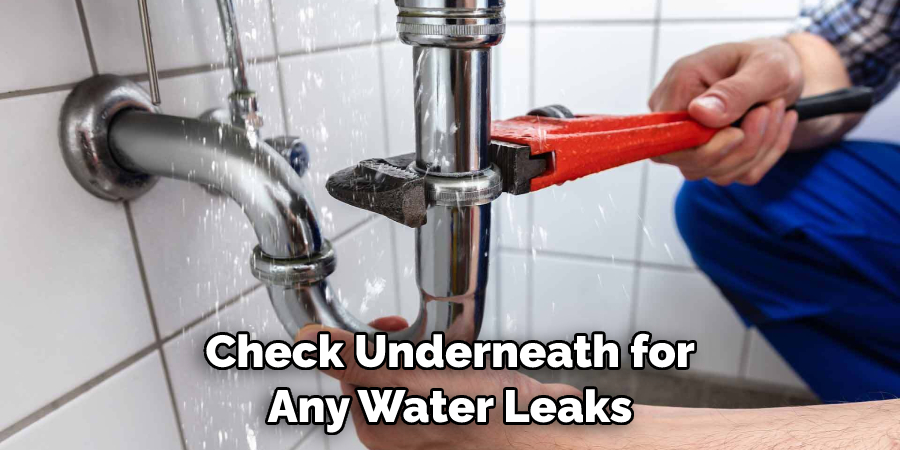
Step 5: Install the Sink and Hook Up the Water Supply Lines
Now that everything is hooked up, you can now install your sink. Follow the instructions of your particular model to correctly and safely mount the sink into place. Once done, you can then hook up the water supply lines from your stubbed-out pipes to their respective valves and fixtures. Make sure that all of these connections are tight and secure to prevent any future leaks.
Step 6: Turn on the Water Supply and Enjoy!
Once all of the above steps have been completed, it’s time for the final step – turning on the water supply. Open up your main water valve and then turn on the various valves that will supply water to your sink. Test the faucet one last time to make sure there were no leaks overlooked during installation and then enjoy!
Congratulations, you have successfully stubbed out the pex for a sink in your home – now go enjoy your new sink! If you ever need any help or further assistance with plumbing projects at home, be sure to contact a certified plumber or pipefitter for professional advice.
Additional Tips and Tricks to Stub Out PEX for Sink
- When determining the length of your pex piping, it is important to account for any potential bends or curves that you might need to make in order to fit the pipe into your sink.
- If you are using a standard 15 mm Pex pipe, allow an additional 6 inches on either side of the bend in addition to the total length of the pipe needed.
- To ensure the pipe is securely fastened to the sink, it is best to use a Pex crimping tool or compression fitting to attach the pipe. This will provide a tight seal that won’t come loose over time.
- If you are using a hot water line, make sure that your Pex piping can withstand temperatures greater than 140 degrees Fahrenheit in order to prevent the pipe from melting.
- Test the water pressure in your sink by turning on the valves and allowing it to run for a few seconds. Make sure that you check all of the connections and make necessary tweaks if needed in order to ensure that there is no leaking at any point.
- When attaching the hot and cold water lines, it is important to adhere to any local building codes in order to ensure that your plumbing meets the required safety standards.
- Lastly, if you are having difficulty with the installation process, it is best to consult a professional plumber who can help you complete the job correctly and safely.
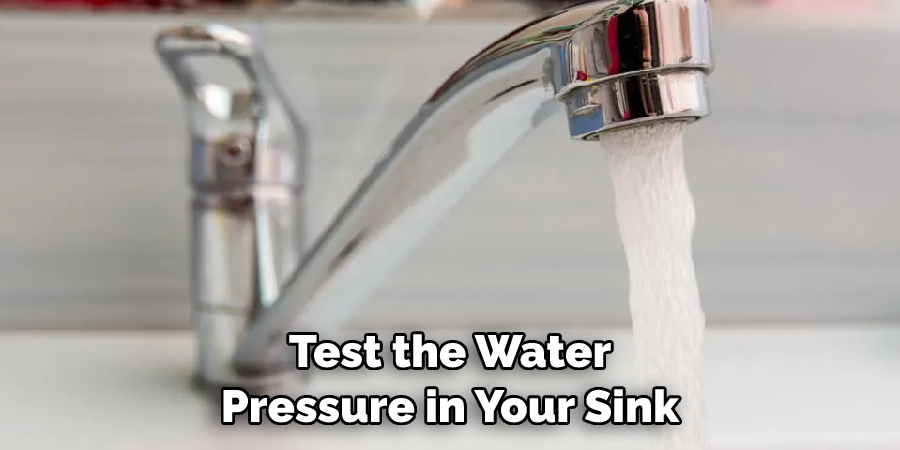
Following these tips and tricks will help you to successfully stub out your Pex pipe for your sink and ensure that it is properly connected and secured. With the right tools and know-how, DIY plumbing projects can be done quickly and easily, saving you time and money in the process.
Precautions Need to Follow for Stubbing Out PEX for Sink
- Make sure that the pipe you are using for stubbing out Pex is approved for your local water codes.
- If possible, use metal instead of plastic to reduce noise when running water.
- Use primer and cement that is specifically designed for Pex pipes as it helps in creating a watertight connection along with improved thermal retention properties.
- Be sure to follow local water codes when stubbing out your Pex for the sink.
- Place the copper pipes in a way that restricts the movement of the Pex pipe. This will help in avoiding any future problems related to improper connections and leakage in the long run.
- Make sure you use properly sized components so that they fit correctly together with no gaps, and also do not strain the pipe.
- Test the water pressure regularly to ensure a safe connection is made.
- Make sure you close the hot and cold valves before starting your work to reduce any chance of leakage in the future.

Following these precautions will help ensure that you have a proper and safe connection while installing your Pex for a sink. If any problems arise, consult a professional to assist you in the process. With some care and patience, stubbing out Pex for a sink can be done successfully with minimal effort.
Advantages of Using PEX for Sink
- Pex piping is extremely durable and flexible, meaning it can withstand temperatures up to 200 degrees Fahrenheit and can be bent in any direction for easy installation.
- Pex piping is also corrosion and freeze resistant, making it ideal for outdoor applications.
- Stub outs allow for easy access to shut-offs when you need to disconnect the pipework from the main water line, allowing for quick repairs or changes in plumbing fixtures.
- The cost of installing Pex piping is much lower than traditional copper piping, making it a much more cost-effective choice for home renovation projects.
- Pex is also non-porous, reducing the risk of bacteria buildup or waterborne diseases. It’s also easier to clean and maintain than other types of plumbing materials.
- Stub outs using Pex piping make it easier for DIYers to complete their projects, as there is no need to solder the pipes together. A simple compression fitting does the job just fine, saving time and money.
- Pex piping can last for up to 50 years with proper maintenance and care, making it a smart investment for any home renovation project.
These are just some of the advantages of using Pex piping for stub outs in your sink. With its durability, flexibility, and cost-effectiveness, it’s no wonder why so many homeowners are opting for this type of plumbing material.
Frequently Asked Questions
What Type of Tools Do I Need to Stub Out PEX for a Sink?
To stub out PEX for the sink, you will need tools such as a PEX cutter, reamer, crimp tool, and rings. You may also need an additional wrench or PVC glue and primer if tubing is used in the connection. For more information on the individual tools needed, consult your local hardware store for advice.
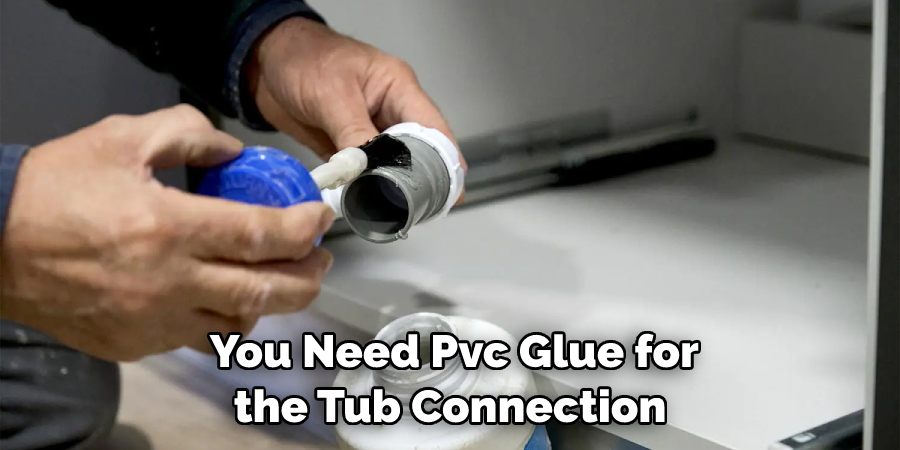
What Size of PEX Should I Use?
The size of the PEX you use will depend on the amount of water pressure and flow rate required for the sink. A 3/8” or 1/2” PEX tubing is typically used for residential sinks, while commercial sinks will require a larger diameter such as 3/4”. If you are unsure, contact your local plumbing supplier for advice on the best size of PEX for your sink.
What Is the Difference Between Stub Out and Rough In?
Stub-out is the process of connecting the water supply lines to the sink, while rough-in is the process of connecting the water supply lines to the main water supply. Stub-out requires fewer tools and can be done by the homeowner, while rough-in requires more advanced plumbing skills and should be left to a professional plumber or contractor.
How Do I Check for Leaks After Stubbing Out PEX?
Once you have stubbed out the PEX, you will need to check for leaks before using the sink. Turn on the water supply and pressurize the system. Look for any visible signs of water leakage or listen for a hissing sound that could indicate a leak. If you do find any leaks, turn off the water supply immediately and seal up the connections with additional fittings or rings.
Are There Any Tips for Installing PEX?
When installing PEX, it is important to use the correct tools and fittings. Make sure to cut the tubing cleanly with a sharp blade and use a reamer to smooth out any rough edges before crimping on the rings. Lastly, always check your connections for leaks once you have finished
Conclusion
Now you know how to stub out pex for sink and the advantages of using this type of plumbing material. With its durability, flexibility, and cost-effectiveness, it’s no wonder why so many homeowners are opting to use PEX piping for their home renovation projects.
Just remember to use the correct tools and fittings when installing your PEX piping, as well as check for any leaks once you have finished. With the right materials and knowledge, you can be sure to install your PEX piping correctly and safely.

